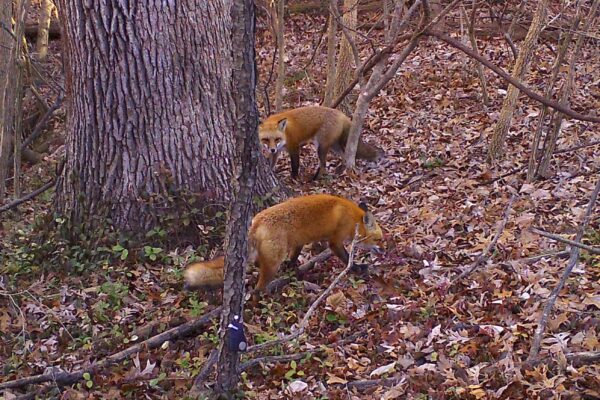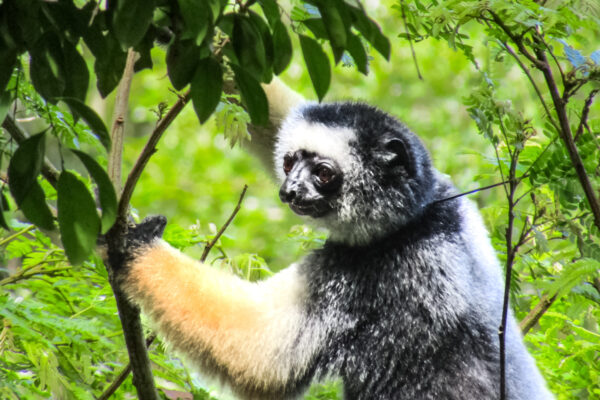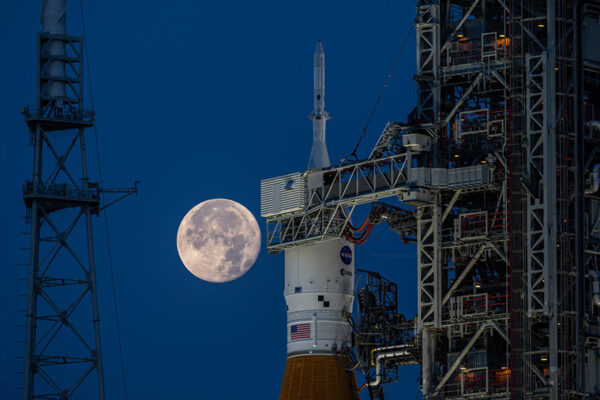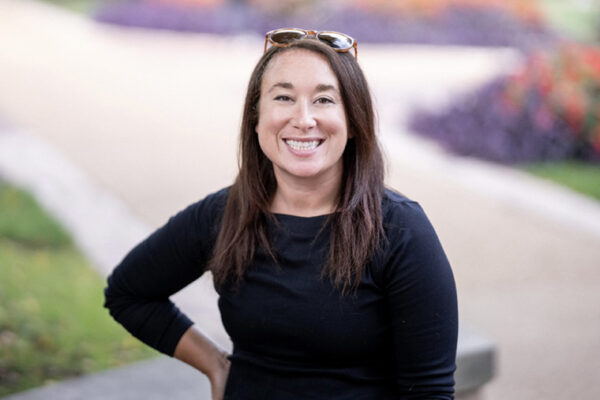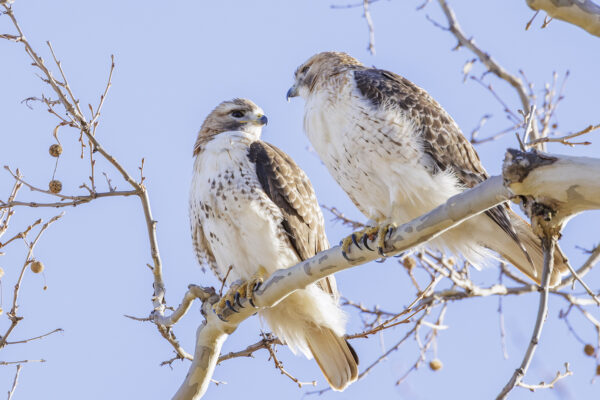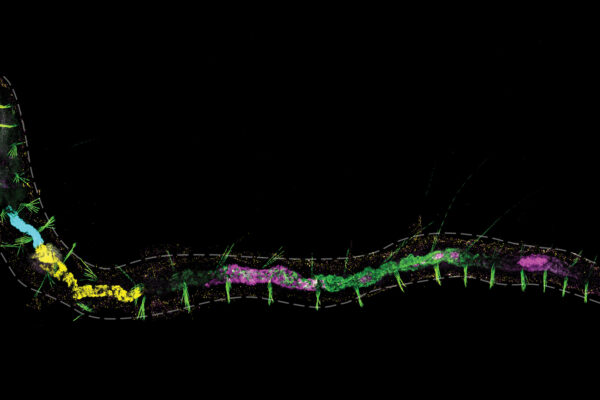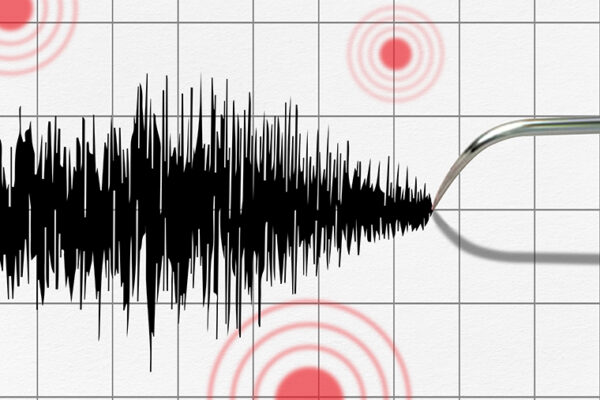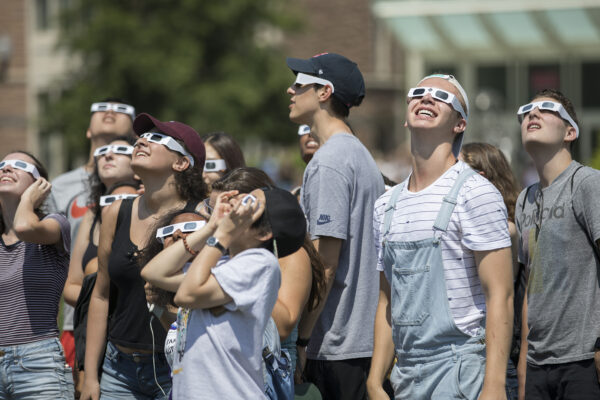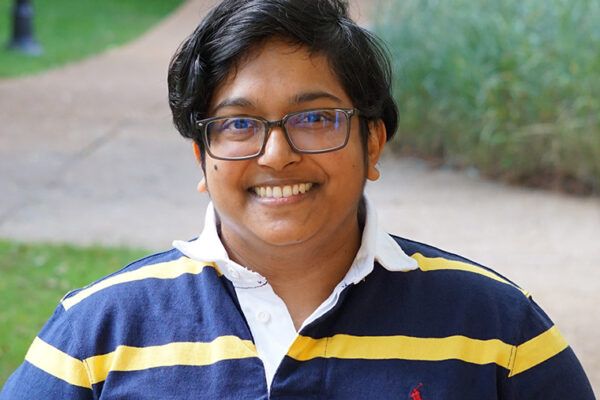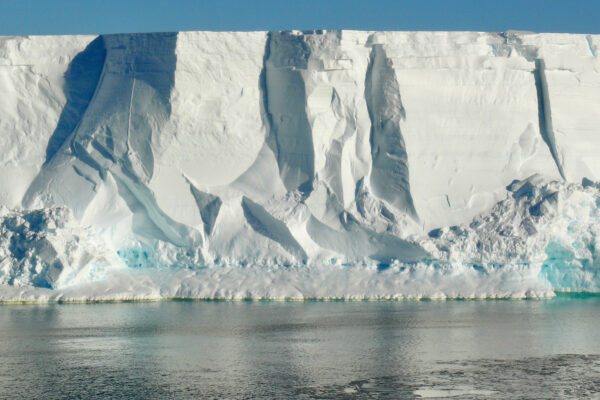How gentrification impacts urban wildlife populations
Researchers from Washington University in St. Louis and University of Health Sciences and Pharmacy in St. Louis contributed to a national study that identifies how gentrified parts of a city have notably more urban wildlife than ungentrified parts of the same city.
Lemur’s lament
What can be done when one threatened animal kills another? Researchers in Arts & Sciences confronted this difficult reality when they witnessed attacks on critically endangered lemurs by another vulnerable species, a carnivore called a fosa.
WashU to manage data for instrument on Artemis moon mission
Washington University in St. Louis will manage data processing and dissemination for the Lunar Environment Monitoring Station, one of the first three potential payloads selected for Artemis III, NASA’s mission which will return astronauts to the moon for the first time in more than 50 years.
Masteller wins NSF CAREER award
Geoscientist Claire Masteller in Arts & Sciences will look at the erosive power of ocean waves on rocky coastlines with a CAREER award from the National Science Foundation.
Scientists track red-tailed hawks nesting near WashU campus
Researchers with the Forest Park Living Lab have been tracking these two hawks’ movement data since December. Through work tracking a variety of animals, the project is providing a map of health and movement that can guide conservation steps.
Unlocking the ‘chain of worms’
Biologist B. Duygu Özpolat in Arts & Sciences published a single-cell atlas for a highly regenerative annelid worm. This research may help inform stem cell technologies and regenerative medicine down the line.
Tremor a reminder that East Coast, Midwest earthquake threat is real
Although earthquakes may seem uncommon in the New York area, they are not unheard of — and there are similarities to earthquakes experienced in St. Louis, according to seismologist Doug Wiens in Arts & Sciences.
Media advisory: WashU experts in path of totality on eclipse day
Five planetary scientists from WashU’s McDonnell Center for the Space Sciences are available to speak with reporters from the path of totality for the Monday, April 8, solar eclipse. The scientists will be at Bollinger Mill State Historic Site in southern Missouri, near Cape Girardeau.
Samples offer glimpse of active Earth 2.5 billion years ago
Research led by geochemist Rita Parai in Arts & Sciences offers a glimpse of Earth’s history by tracking infinitesimal levels of noble gases in volcanic rocks. The new study is published in Earth and Planetary Science Letters.
Largest ice shelf in Antarctica lurches forward once or twice each day
A conveyer belt of ice jostles the entire Ross Ice Shelf out of place at least once daily, according to new research from Washington University in St. Louis.
View More Stories
